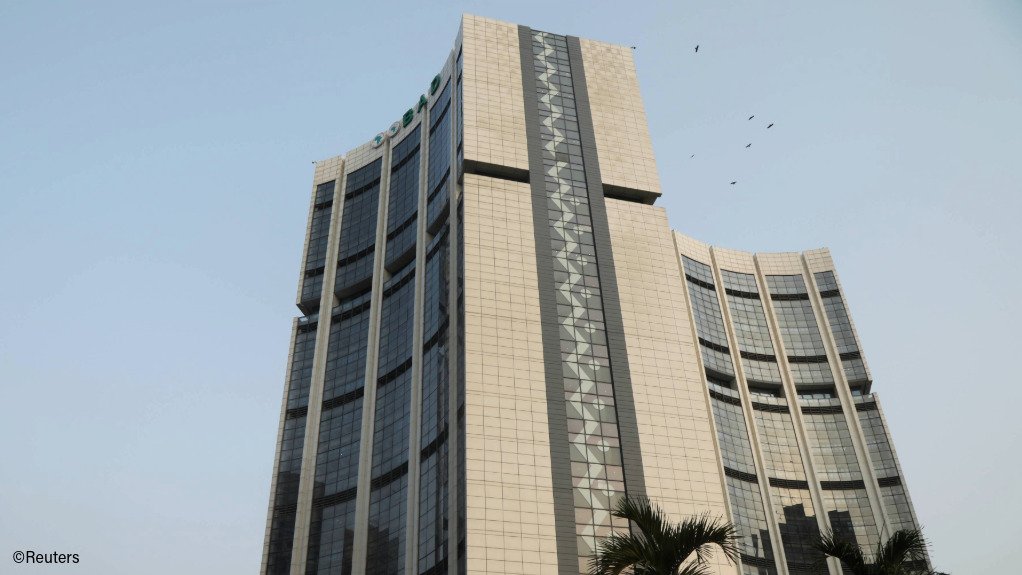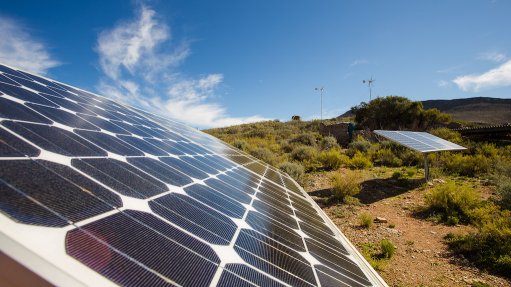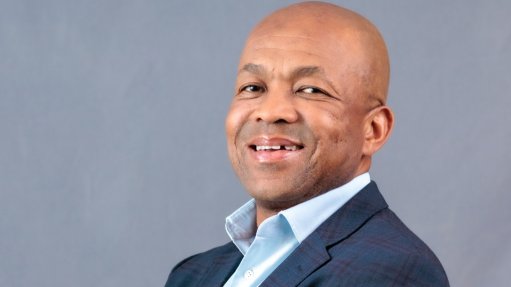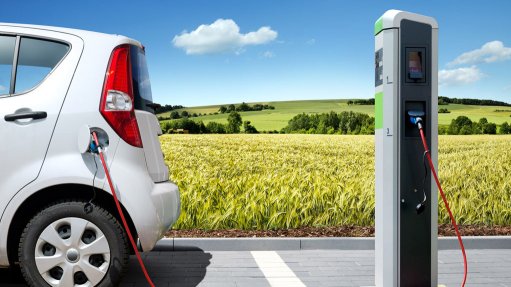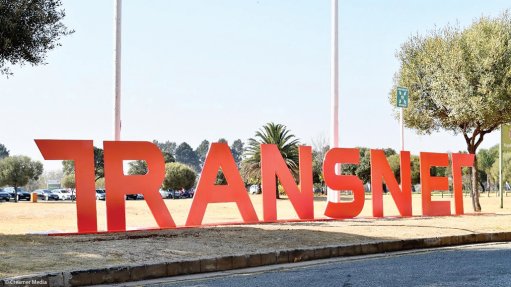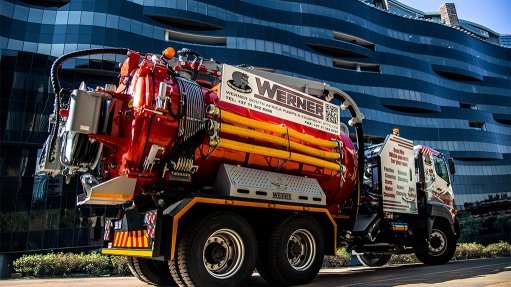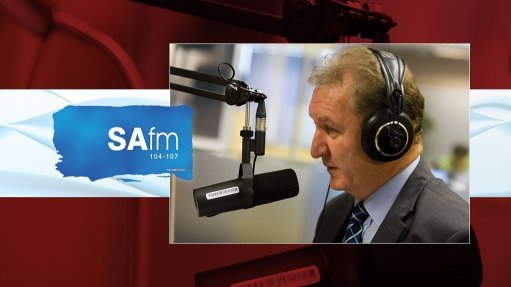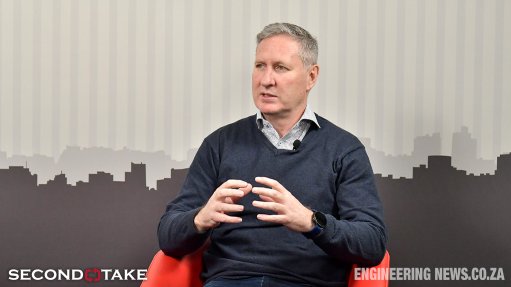Will Africa's financial stability fund rise to the debt challenge?
Angola will use its chairmanship of the African Union this year to advance the creation of a continental financial stability mechanism, its finance minister said, to cushion economies from sliding into a liquidity crisis due to external debt repayments.
Here are some key aspects of the proposed African Financing Stability Mechanism (AFSM):
WHY ARE AFRICAN LEADERS CREATING THE AFSM?
With public debt soaring 170% in the past 15 years to more than $1.8-trillion, the 54-nation continent faces heightened external refinancing risks that could morph into a liquidity crisis.
Debt repayments, which the African Development Bank (AfDB) estimates at $10-billion annually between now and 2033, come as the region faces slower economic growth, exchange rate volatility and dwindling aid.
Angola took over the rotating chairmanship of the African Union in February, and Finance Minister Vera Daves de Sousa said on Friday the AFSM would be a priority to galvanise funds from regional institutions to deal with the debt burden.
All this happens against the backdrop of US President Donald Trump's tariffs sparking market turmoil and a sell-off in risky assets, sending borrowing costs higher and potentially limiting market access for smaller, riskier economies – so-called frontier markets – many of which are in Africa.
HOW WILL IT WORK?
The AfDB, the continent's multilateral development bank, will play a key role though it is unclear whether the mechanism will be hosted within the lender or as a separate entity.
Next steps include establishing a legal treaty to govern the facility, African officials said.
Modelled on the European Stability Mechanism (ESM), the AFSM is designed to save countries in the region about $20-billion in debt servicing costs in the next ten years, the AfDB estimates.
It will exclusively focus on debt refinancing, backers said, avoiding roles assigned to other bodies like the International Monetary Fund, which also backstops countries facing balance of payments challenges.
Once up and running, the AFSM will initially provide debt refinancing loans to members, before branching out to primary and secondary purchase of members' bonds. It will also weigh providing guarantees to members.
WHAT WILL ITS CAPACITY BE?
The AFSM hopes for an Aa/AA rating, and to attain it will likely offer 20% membership to non-African entities such as highly-rated foreign governments and multilateral development banks. No African country has a rating of Aa/AA.
Under that scenario, the AFSM would need $3-billion in capital, split between debt and equity, to start operations, and then provide members with $5-billion for annual refinancing.
Its capital would need to grow to $16-billion over the next decade to keep up with members' refinancing requirements, boosting its capacity to $30-billion.
Member countries would pay $236 million in the first decade in annual instalments, backers of the initiative said.
WHAT DOES IT MEAN FOR INVESTORS?
There has been scepticism around the plan, mainly because many economies in the region, like Kenya and Angola, have already been struggling with external repayments, raising questions of their financial capacity to bankroll the AFSM.
Senegal and Mozambique are also struggling with debt.
But AFSM backers, including Angola's de Sousa, say the initiative can tackle debt challenges over the long term.
Countries that tap the facility will have to carry out macroeconomic reforms designed to strengthen their economies in exchange for cash, the AfDB said.
Supporters say the AFSM is not designed to provide bailouts to countries, but to prevent them from happening, while building a foundation for sustainable growth and development.
Comments
Press Office
Announcements
What's On
Subscribe to improve your user experience...
Option 1 (equivalent of R125 a month):
Receive a weekly copy of Creamer Media's Engineering News & Mining Weekly magazine
(print copy for those in South Africa and e-magazine for those outside of South Africa)
Receive daily email newsletters
Access to full search results
Access archive of magazine back copies
Access to Projects in Progress
Access to ONE Research Report of your choice in PDF format
Option 2 (equivalent of R375 a month):
All benefits from Option 1
PLUS
Access to Creamer Media's Research Channel Africa for ALL Research Reports, in PDF format, on various industrial and mining sectors
including Electricity; Water; Energy Transition; Hydrogen; Roads, Rail and Ports; Coal; Gold; Platinum; Battery Metals; etc.
Already a subscriber?
Forgotten your password?
Receive weekly copy of Creamer Media's Engineering News & Mining Weekly magazine (print copy for those in South Africa and e-magazine for those outside of South Africa)
➕
Recieve daily email newsletters
➕
Access to full search results
➕
Access archive of magazine back copies
➕
Access to Projects in Progress
➕
Access to ONE Research Report of your choice in PDF format
RESEARCH CHANNEL AFRICA
R4500 (equivalent of R375 a month)
SUBSCRIBEAll benefits from Option 1
➕
Access to Creamer Media's Research Channel Africa for ALL Research Reports on various industrial and mining sectors, in PDF format, including on:
Electricity
➕
Water
➕
Energy Transition
➕
Hydrogen
➕
Roads, Rail and Ports
➕
Coal
➕
Gold
➕
Platinum
➕
Battery Metals
➕
etc.
Receive all benefits from Option 1 or Option 2 delivered to numerous people at your company
➕
Multiple User names and Passwords for simultaneous log-ins
➕
Intranet integration access to all in your organisation



